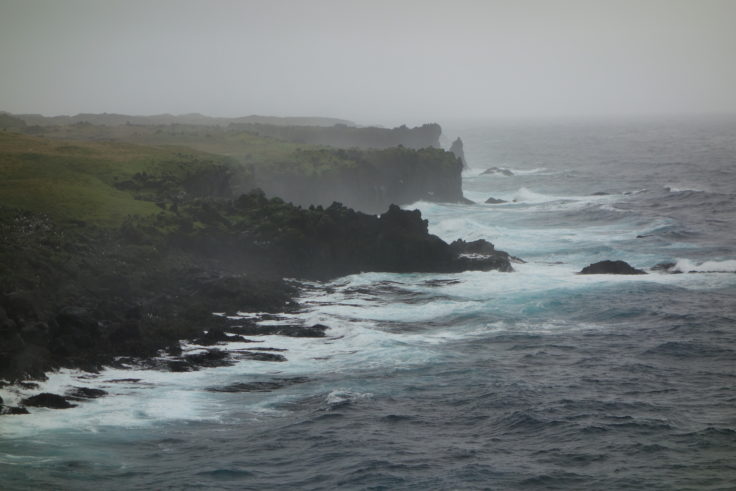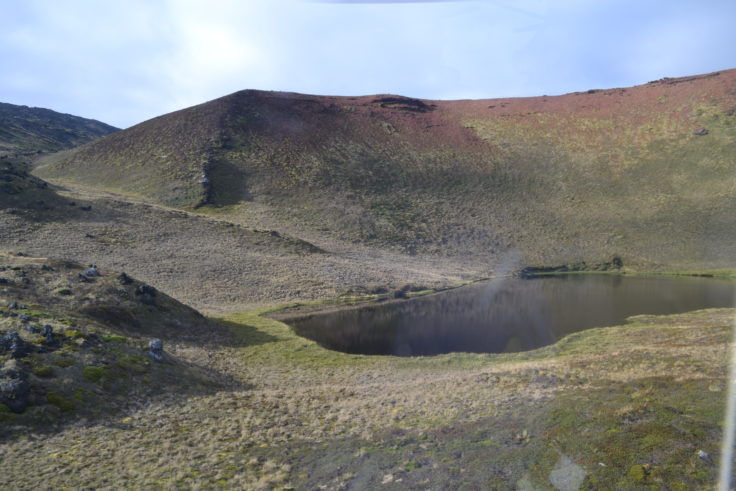Southern Hemisphere westerly winds likely to intensify as climate warms
Polar climate scientists have created the most high resolution past record of the Southern Hemisphere westerly winds. The results, published this week (9 December) in the journal Communications Earth and Environment, describe how the winds are likely to intensify and migrate poleward as the climate warms. The study provides data that will improve the accuracy of models predicting the future.

The westerly winds (known by latitude as the roaring forties, furious fifties, and screaming sixties) are particularly strong due to the absence of continental landmasses in the Southern Ocean to slow them down. They play an important role in regulating how much carbon dioxide (greenhouse gas) is exchanged between the atmosphere and ocean and have been linked to droughts and wildfires, as well as changes in sea ice extent, ocean circulation and ice shelf stability.
Researchers have recreated a 700-year record of the winds using radiocarbon dated sediment cores collected from a coastal lake on sub-Antarctic Marion Island. The island, located southeast of South Africa, is uniquely positioned in the core belt of the winds. The team measured changes in the accumulation rate of wind-blown sea salts by studying diatoms – tiny algae, specifically microalgae – embedded in the sediment, together with wind-blown dust, to track past wind strength.

Results show that during cool periods, such as the Little Ice Age (c. 1400-1870 CE), the winds weakened and shifted towards the equator, and during warm periods (before 1450 and after 1920) they intensified and migrated poleward.
Lead author, Dr Bianca Perren, a paleoclimatologist at British Antarctic Survey says:
“From this unique high resolution record we can see how much the westerly winds have changed over the last 700 years. By looking at the past we can better understand what’s happening now and what might happen in the future. It’s clear that since the 1920s the winds have been migrating south and, with predictions for climate warming, this is likely to continue.”
The project Principal Investigator, Professor Dominic Hodgson at British Antarctic Survey says:
“With the rapid changes now occurring in the Earth’s climate it is especially important that we use historical data to increase the accuracy of our climate models. This study has revealed the behaviour of the westerly winds long before satellites and on the ground measurements began. It shows us that climate warming drives moisture bearing winds southwards away from Australia, South America and South Africa. The immediate human consequences of this are increased droughts and wildfires.”

Southward migration of the Southern Hemisphere Westerly winds corresponds with warming climate over centennial timescales by Bianca B. Perren1*,Dominic A. Hodgson1,2, Stephen J. Roberts1, Louise Sime1, Wim Van Nieuwenhuyze3, Elie Verleyen3, Wim Vyverman3 is published in the journal (Nature) Communications Earth & Environment.
This study was supported by British Antarctic Survey and the South African National Antarctic Programme in collaboration with researchers from the University of Ghent. Funding was from the UK Natural Environment Research Council, Research Foundation Flanders, Swiss Polar Institute and the South African Department of Environmental Affairs.